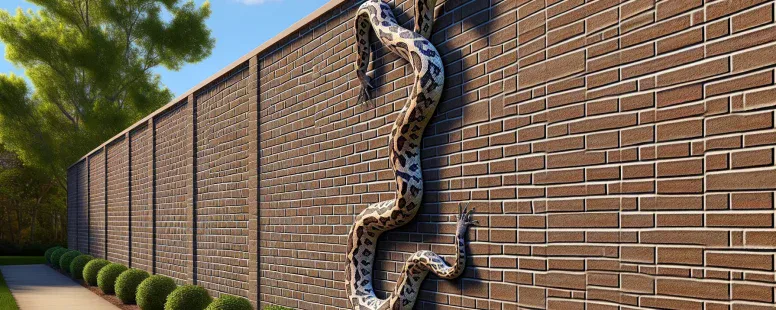Can Snakes Climb Walls?
Picture you’re observing a snake gracefully gliding across the ground, its seamless movements captivating in their uniqueness. But then, could this fascinating creature also scale walls? Understanding snakes’ locomotive abilities reveals surprising insights into their adaptability, including their capacity to navigate vertical surfaces under the right conditions. This article explores this curious topic, providing you with a comprehensive breakdown of how, when, and why snakes might exhibit such behavior.
Understanding Snake Locomotion
Types of Movements Used by Snakes
Snakes employ various forms of locomotion to navigate their environment, including lateral undulation, concertina movement, sidewinding, and rectilinear progression. These methods allow them to traverse a variety of terrains efficiently, showcasing their adaptability and evolutionary fitness.
Factors Influencing a Snake’s Ability to Climb
Snake climbing is influenced by factors such as body strength, scale texture, and the nature of the climbed surface. A rough-textured wall, for instance, allows a snake to gain purchase with its scales, enhancing its climbing ability.
Surfaces That Facilitate Snake Climbing
Textured vs. Smooth Walls
Snakes generally struggle with smooth surfaces like glass, as they provide no grip. In contrast, textured walls offer edges and imperfections that snakes use to gain traction.
How Height and Grip Affect Snake Climbing
Height becomes a significant factor when combined with surface irregularities. Snakes rely on continuous contact points to progress upward, and a wall lacking sufficient grips may hinder their ascent.
Species and Their Climbing Capabilities
Behavioral Differences Among Snake Species
Some snakes are arboreal or semi-arboreal, which predisposes them to climbing activities. Other species are predominantly terrestrial, showing limited climbing behavior.
Examples of Excellent Climbers in the Snake World
Species like the rat snake and green tree python are notable climbers, capable of ascending trees, rock formations, and even walls, thanks to their particular behaviors and physical adaptations.
Snakes in Urban Environments
Common Scenarios for Snake Climbing in Human Habitats
In urban areas, snakes may climb fences, walls, or even building facades in pursuit of shelter, food, or warmth. Open windows or uncovered vents often help their entry into homes.
Preventative Measures to Minimize Encounters
To reduce potential snake encounters, ensure homes are sealed with no accessible entry points. Also, keeping surroundings tidy and free of potential prey discourages snakes from lingering near your residence.
- How Long Can a Dog Go Without Water? - November 16, 2025
- Where Can I Promote a Home-Based Garden Service? Top Online & Offline Strategies to Grow Your Business - November 16, 2025
- When Is the Best Time to Build an Outdoor Bar? Seasonal Tips for Perfect Backyard Entertaining - November 16, 2025




